Home>Home Appliances>Kitchen Appliances>How To Dehydrate Milk Without A Dehydrator
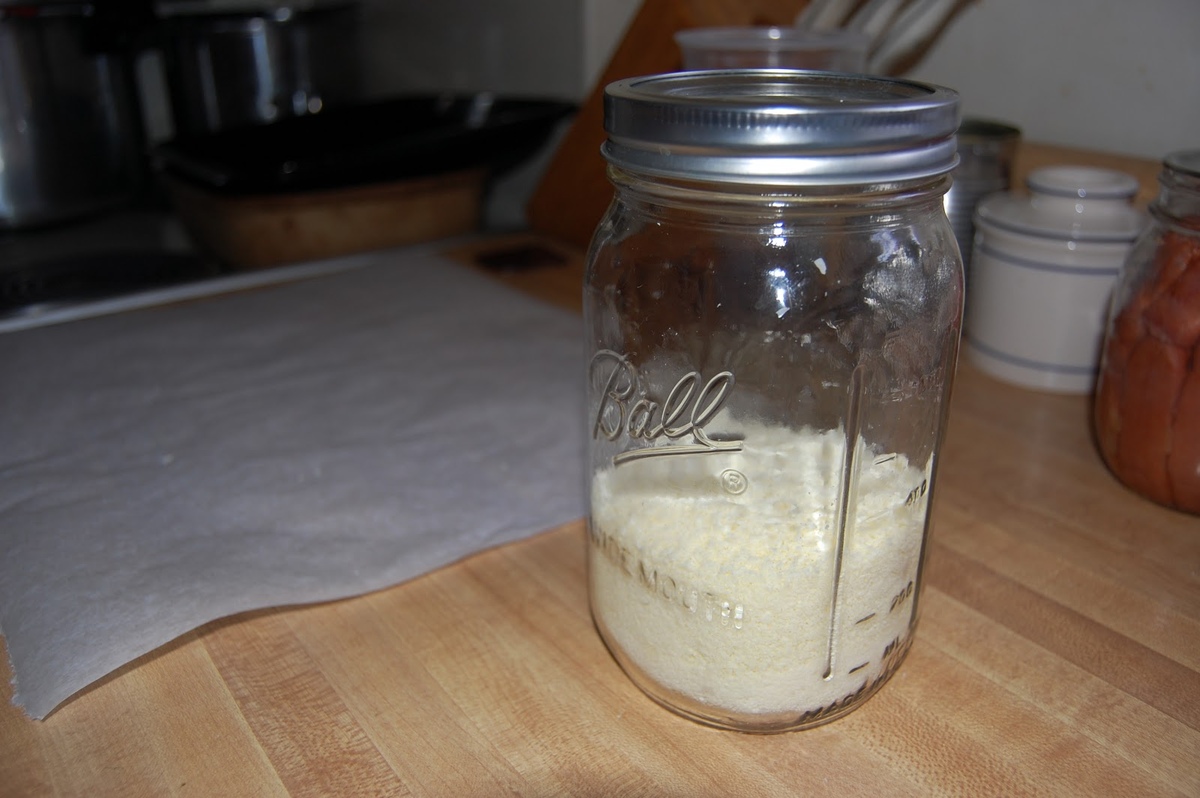

Kitchen Appliances
How To Dehydrate Milk Without A Dehydrator
Modified: October 20, 2024
Learn how to dehydrate milk without a dehydrator using common kitchen appliances. Preserve milk for long-term storage with this simple method.
(Many of the links in this article redirect to a specific reviewed product. Your purchase of these products through affiliate links helps to generate commission for Storables.com, at no extra cost. Learn more)
Introduction
Dehydrating milk without a dehydrator may seem like a puzzling concept at first. After all, dehydrators are specifically designed for this purpose. However, there are alternative methods that can be used to achieve the same result without the need for specialized equipment. Whether you're looking to extend the shelf life of milk for camping trips, create powdered milk for cooking, or simply experiment with food preservation techniques, the following methods provide practical and accessible ways to dehydrate milk using common household appliances or natural resources.
In the sections that follow, we will explore three distinct methods for dehydrating milk without a dehydrator. Each method offers its own unique approach and benefits, allowing you to choose the most suitable option based on your preferences and available resources. From using the oven and microwave to harnessing the power of the sun, these methods present versatile solutions for dehydrating milk without investing in additional kitchen gadgets.
So, let's dive into the world of milk dehydration and discover how you can achieve this process without a dehydrator. Whether you're a culinary enthusiast, a DIY aficionado, or simply curious about alternative food preservation techniques, these methods are sure to pique your interest and expand your culinary repertoire. Let's embark on this journey to uncover the secrets of dehydrating milk without a dehydrator.
Key Takeaways:
- Dehydrating milk without a dehydrator is possible using your oven, microwave, or the power of the sun. These methods offer accessible ways to create powdered milk for cooking and baking.
- By dehydrating milk, you can extend its shelf life, create a convenient pantry staple, and explore new dimensions of flavor and texture in your culinary creations. Whether you’re an avid camper or a home cook, dehydrated milk offers valuable versatility.
Read more: How To Dehydrate Eggs Without A Dehydrator
Method 1: Using the Oven
Dehydrating milk in the oven is a straightforward and effective method that yields excellent results. This approach allows you to remove the moisture from the milk, resulting in a powdered form that can be conveniently stored and used in various recipes. Here’s a step-by-step guide to dehydrating milk using your oven:
- Preparation: Start by preheating your oven to a low temperature, ideally around 150°F (65°C). This gentle heat will facilitate the dehydration process without causing the milk to scorch or develop off-flavors.
- Spreading the Milk: Pour the milk onto a parchment paper-lined baking sheet, ensuring an even and thin layer. This allows for efficient evaporation of moisture, expediting the dehydration process.
- Oven Dehydration: Place the baking sheet in the preheated oven and allow the milk to dehydrate for several hours. Periodically check the progress and gently stir the milk to promote uniform dehydration.
- Monitoring: Keep a close eye on the milk as it dehydrates, ensuring that it does not become overly dry or develop a toasted flavor. The goal is to achieve a fine, powdery consistency without compromising the milk’s quality.
- Cooling and Storing: Once the milk has dehydrated to your desired level, remove it from the oven and let it cool completely. Transfer the powdered milk to an airtight container, ensuring that it is stored in a cool, dry place away from direct sunlight.
Dehydrating milk in the oven offers a convenient and accessible way to create powdered milk without the need for specialized equipment. This method is ideal for individuals who prefer using familiar kitchen appliances to achieve their culinary goals. By following these simple steps, you can successfully dehydrate milk using your oven, unlocking a versatile ingredient for your cooking and baking endeavors.
Method 2: Using the Microwave
Dehydrating milk using a microwave provides a quick and efficient alternative to traditional oven-based methods. This approach allows for rapid dehydration, making it a convenient option for individuals seeking a time-saving technique. Here’s a detailed guide on dehydrating milk using your microwave:
- Preparation: Begin by pouring the milk into a microwave-safe dish. It’s essential to use a shallow dish to ensure that the milk evaporates evenly during the dehydration process.
- Microwave Dehydration: Place the dish of milk in the microwave and set it to the lowest power setting. Microwave the milk in short intervals, typically 1-2 minutes at a time, stirring between each interval to promote uniform dehydration.
- Monitoring: Keep a close watch on the milk as it dehydrates in the microwave. It’s crucial to prevent the milk from reaching a boiling point, as this can negatively impact the flavor and texture of the powdered milk.
- Cooling and Storing: Once the milk has dehydrated to a powder-like consistency, remove it from the microwave and allow it to cool. Transfer the powdered milk to an airtight container and store it in a cool, dry place, away from moisture and sunlight.
Dehydrating milk in the microwave offers a convenient and swift method for creating powdered milk without the need for extensive equipment. This approach is particularly beneficial for individuals with busy lifestyles who seek efficient food preservation techniques. By following these simple steps, you can harness the power of your microwave to dehydrate milk, unlocking a versatile ingredient for your culinary pursuits.
You can dehydrate milk without a dehydrator by pouring it onto a parchment-lined baking sheet and placing it in the oven at the lowest temperature. Stir occasionally until it becomes a powder.
Method 3: Using the Sun
Dehydrating milk using the sun is a natural and resourceful method that capitalizes on solar energy to achieve the dehydration process. This approach is ideal for individuals who enjoy exploring traditional preservation techniques and harnessing the power of natural elements. Here’s a comprehensive guide on dehydrating milk using the sun:
- Preparation: Begin by pouring the milk into a shallow, wide-mouthed container. A glass or ceramic dish works well for this purpose, allowing for efficient evaporation under the sun’s warmth.
- Placement: Position the container of milk in a sunny, well-ventilated area. It’s essential to choose a location with ample sunlight and good airflow to facilitate the dehydration process.
- Protection: Cover the container with a fine mesh or cheesecloth to prevent debris, insects, or other contaminants from coming into contact with the milk while allowing air to circulate freely.
- Monitoring: Regularly check the milk as it dehydrates in the sun, ensuring that it remains undisturbed and protected from any potential sources of contamination. The dehydration process may take several days, depending on the intensity of the sunlight and ambient temperature.
- Harvesting and Storing: Once the milk has dehydrated to a powder-like consistency, carefully remove it from the sun-exposed area. Transfer the powdered milk to an airtight container, safeguarding it from moisture and direct sunlight.
Dehydrating milk using the sun presents a traditional and eco-friendly approach to food preservation, allowing you to create powdered milk using natural solar energy. This method is particularly appealing to individuals who embrace sustainable practices and seek to minimize their reliance on conventional kitchen appliances. By following these simple steps, you can harness the sun’s energy to dehydrate milk, unlocking a versatile and naturally preserved ingredient for your culinary endeavors.
Conclusion
Dehydrating milk without a dehydrator opens up a world of possibilities for food preservation and culinary experimentation. The methods outlined in this guide offer accessible and practical approaches to achieving the dehydration process using common household appliances or natural resources. Whether you opt for the oven, microwave, or sun-based method, each approach provides a unique way to transform liquid milk into a versatile powdered form that can be stored and utilized in various recipes.
By dehydrating milk, you can extend its shelf life, create a convenient pantry staple, and explore new dimensions of flavor and texture in your culinary creations. Whether you’re an avid camper seeking lightweight and portable food options, a home cook looking to streamline your pantry, or a culinary enthusiast eager to delve into food preservation techniques, dehydrated milk offers a valuable addition to your kitchen repertoire.
Furthermore, the versatility of powdered milk extends beyond conventional cooking and baking applications. It can also be used as an ingredient in DIY beauty products, such as face masks and hair treatments, adding an extra dimension to its utility. With the ability to store powdered milk for extended periods, you can always have this essential ingredient on hand, ready to enhance your culinary and self-care endeavors.
Whether you choose to dehydrate milk in the oven, microwave, or under the sun, each method provides a unique experience that aligns with your preferences, resources, and lifestyle. Embracing the art of milk dehydration without a dehydrator allows you to unlock a versatile and shelf-stable ingredient while embracing creativity and resourcefulness in your culinary pursuits. So, embark on this journey of milk dehydration and discover the myriad benefits and possibilities that await you.
With these methods at your disposal, you can confidently explore the world of milk dehydration, elevating your culinary prowess and embracing the art of food preservation without the need for specialized equipment. Whether you’re preparing for outdoor adventures, stocking your pantry with essential ingredients, or simply expanding your culinary skill set, the ability to dehydrate milk without a dehydrator empowers you to take charge of your culinary destiny and infuse your creations with innovation and practicality.
Frequently Asked Questions about How To Dehydrate Milk Without A Dehydrator
Was this page helpful?
At Storables.com, we guarantee accurate and reliable information. Our content, validated by Expert Board Contributors, is crafted following stringent Editorial Policies. We're committed to providing you with well-researched, expert-backed insights for all your informational needs.
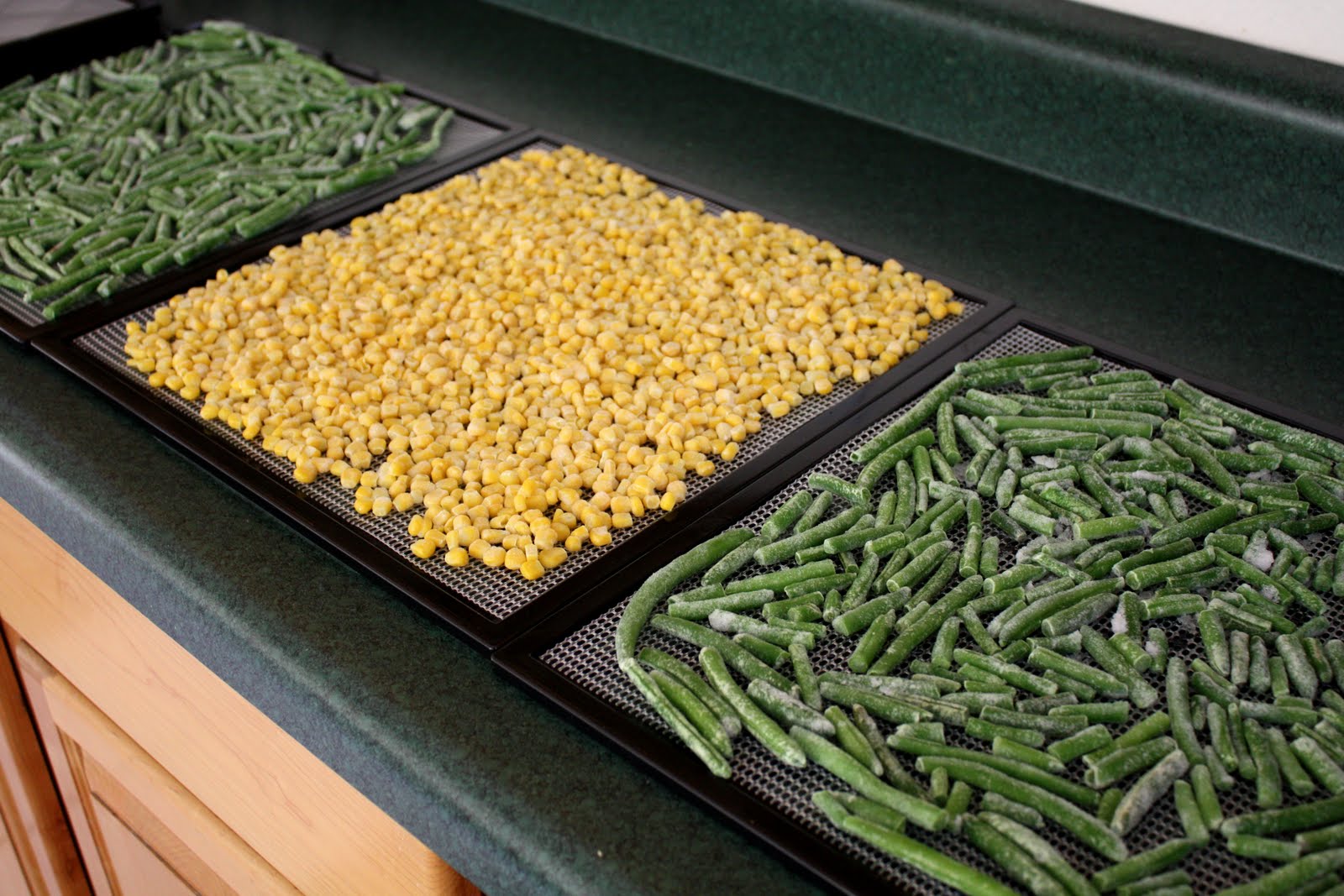
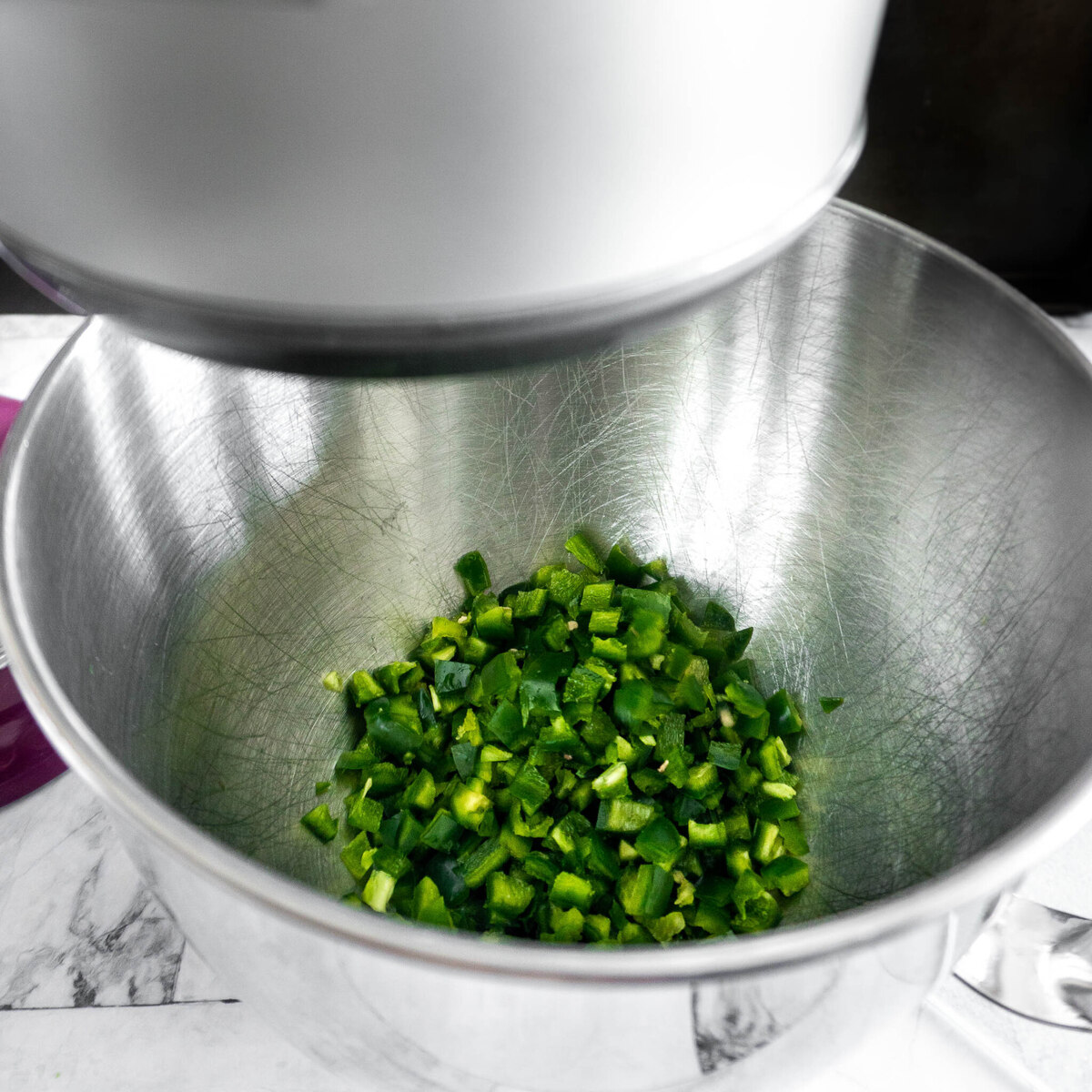
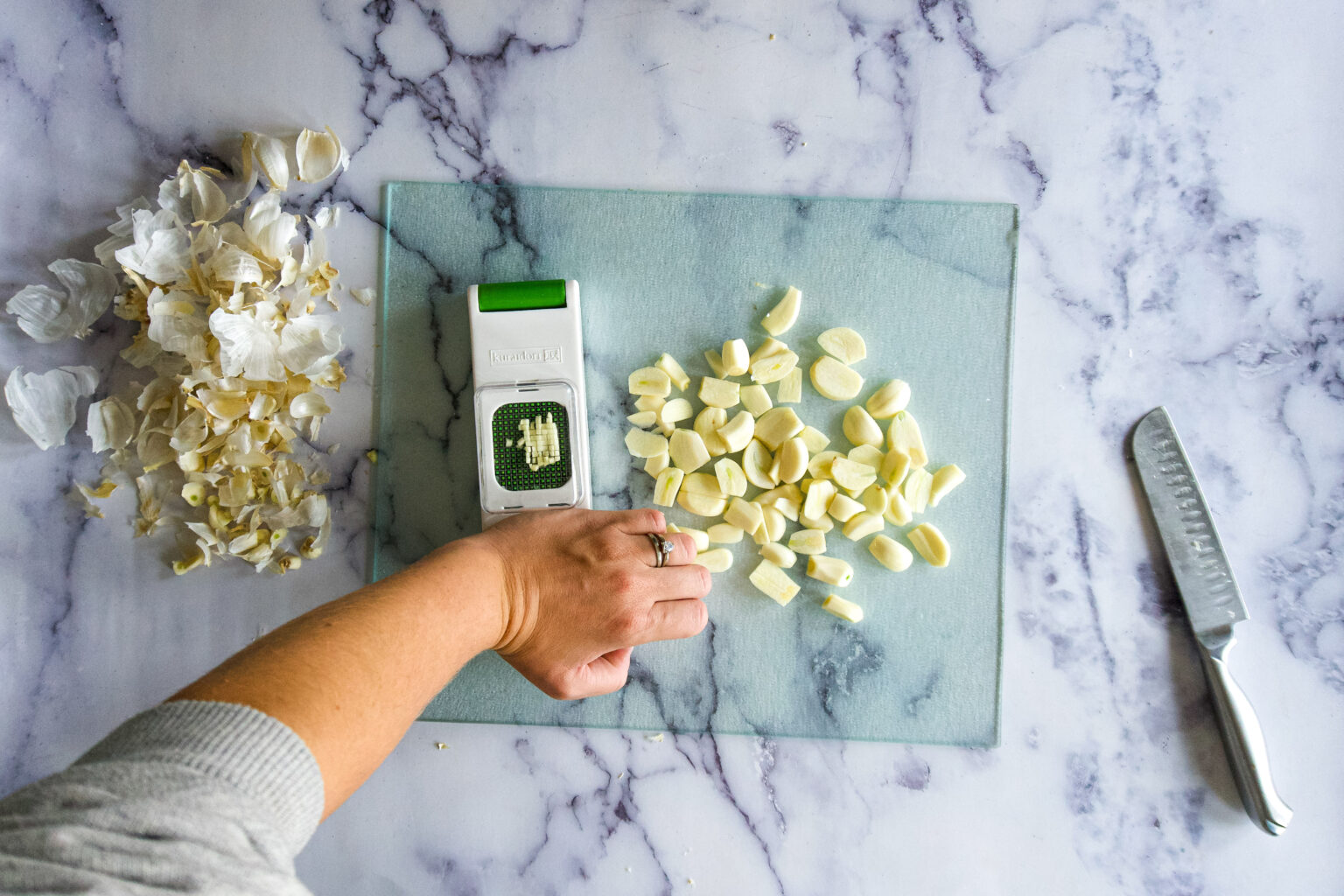
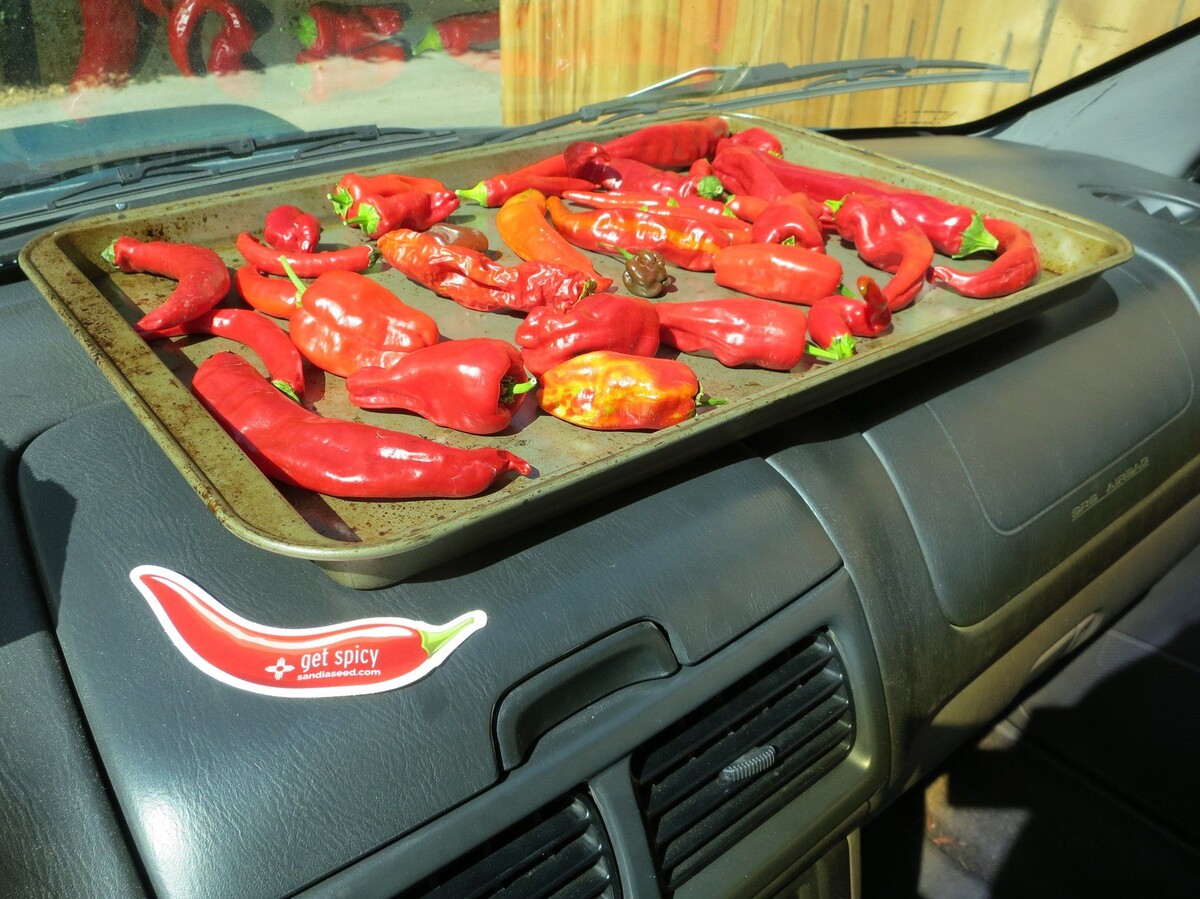
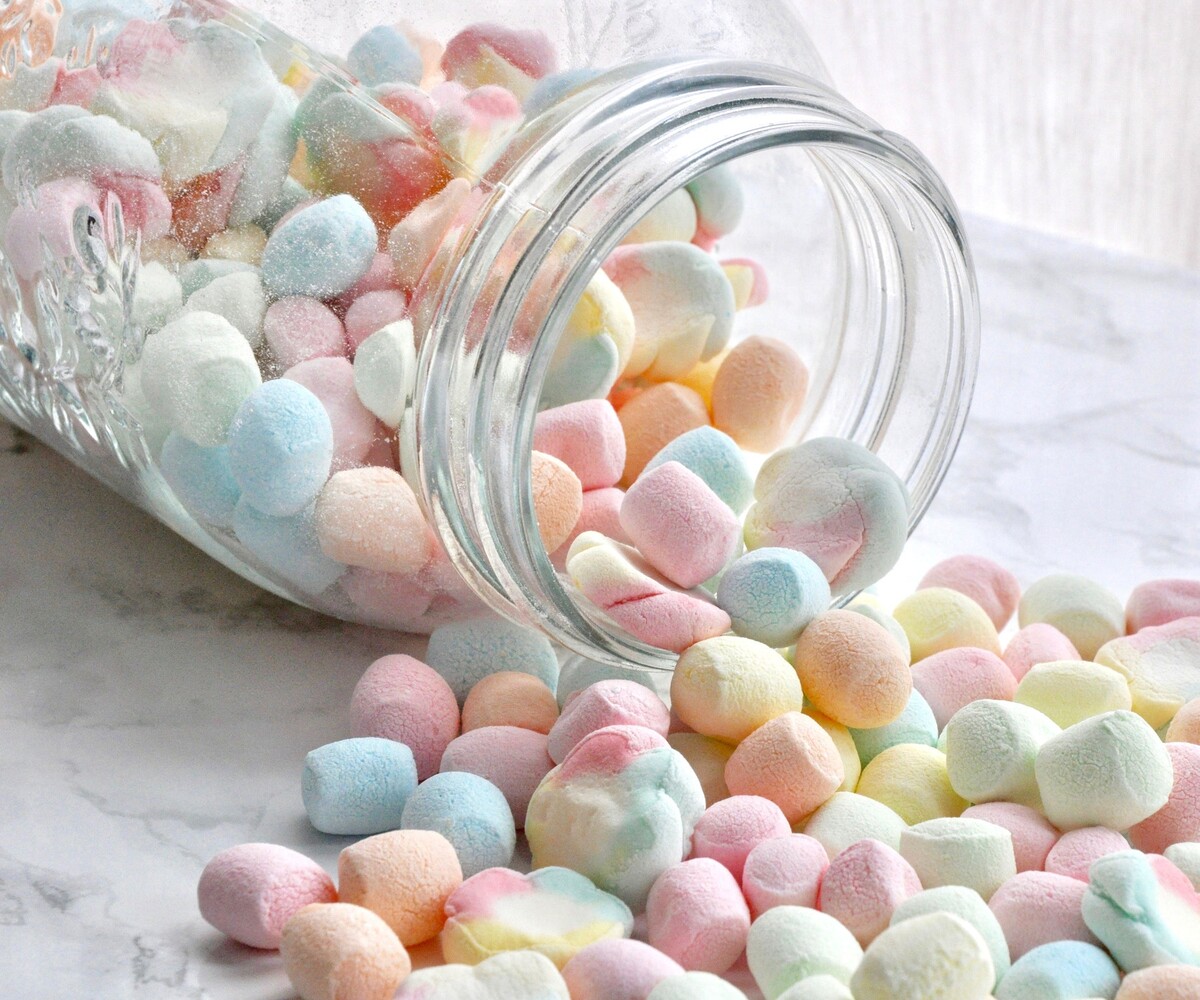
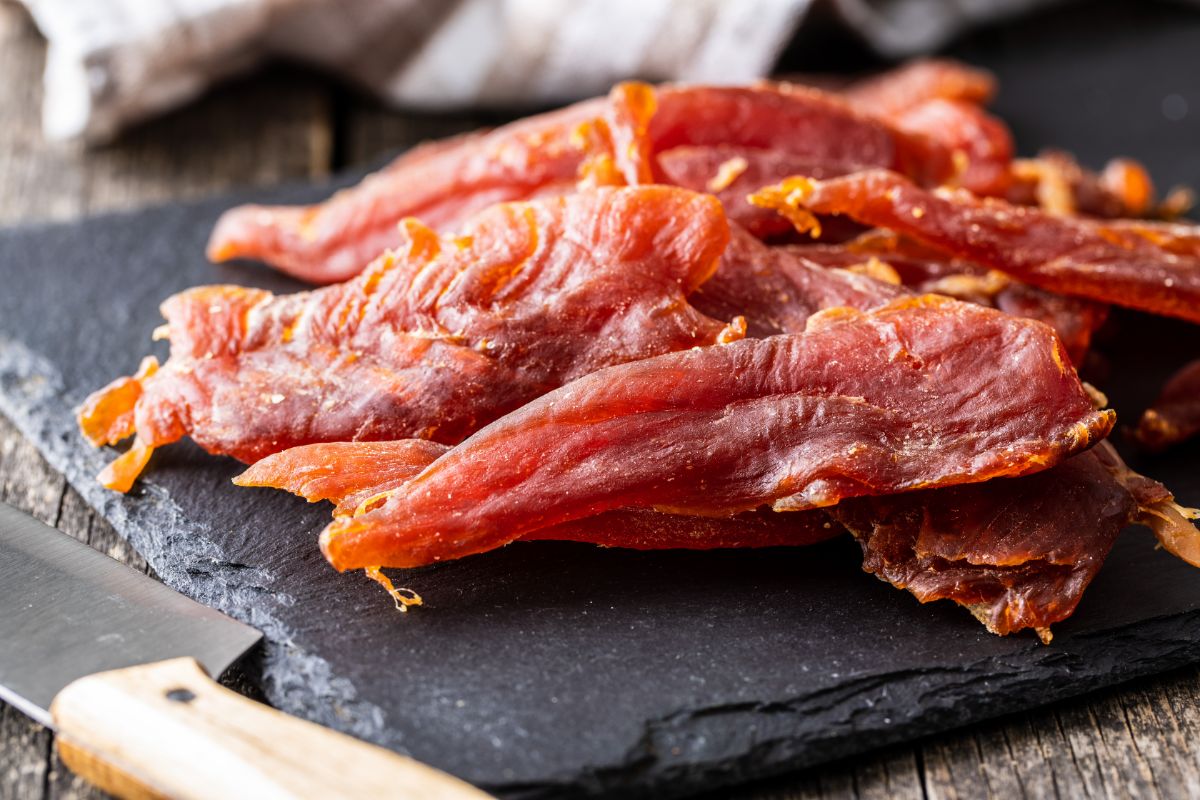
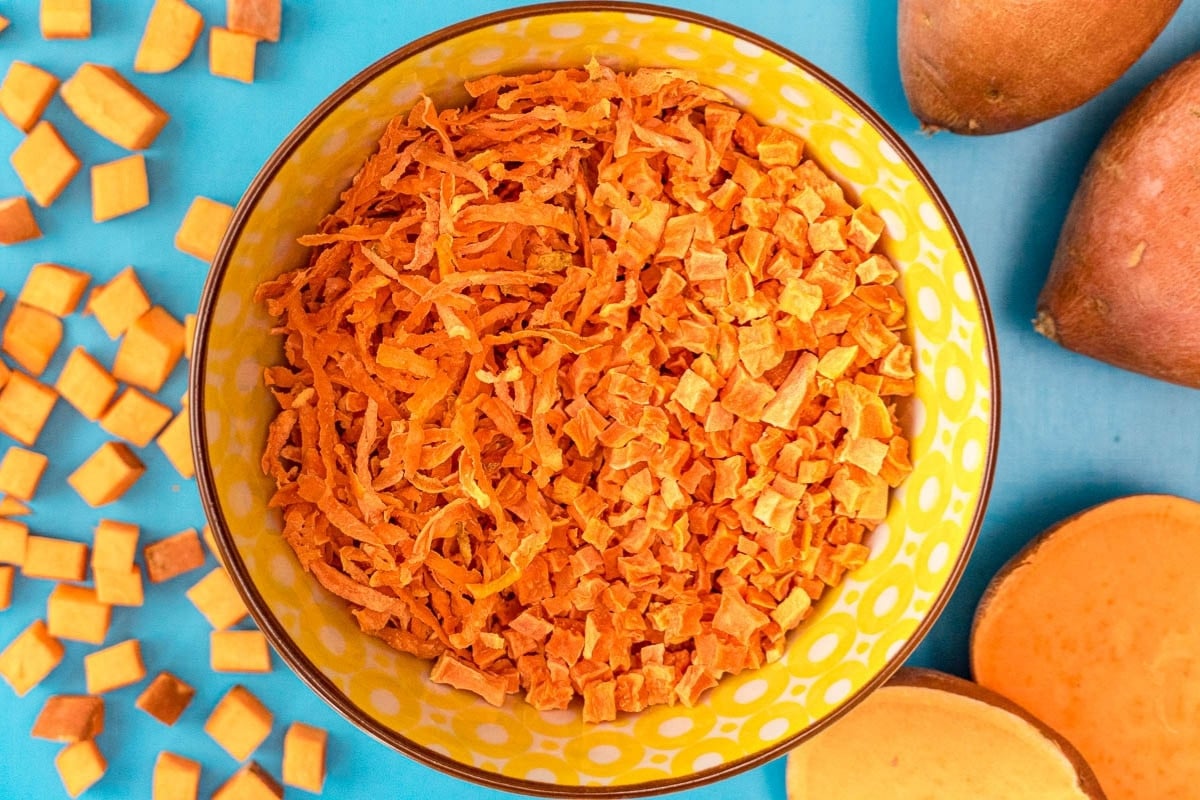
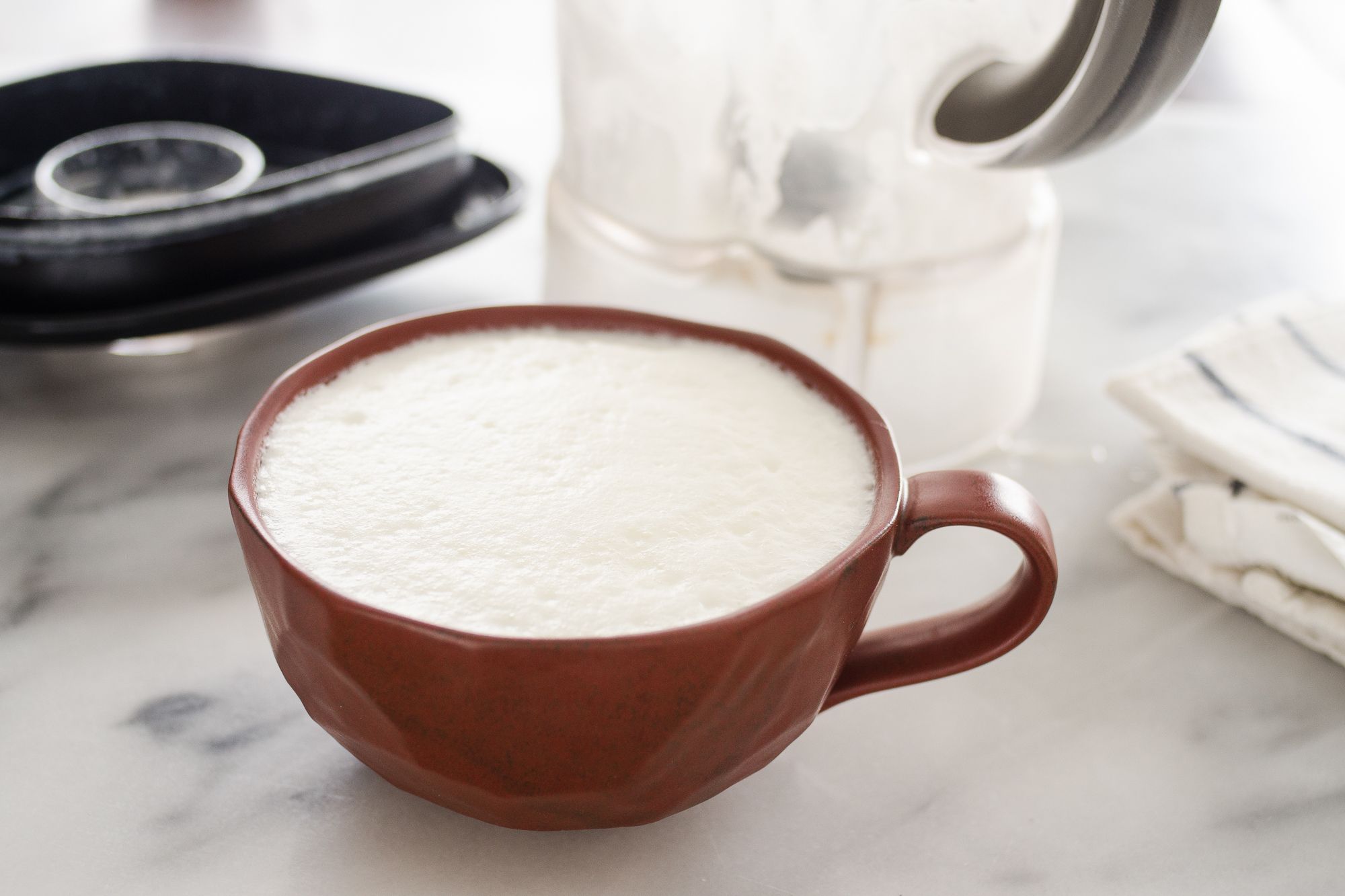
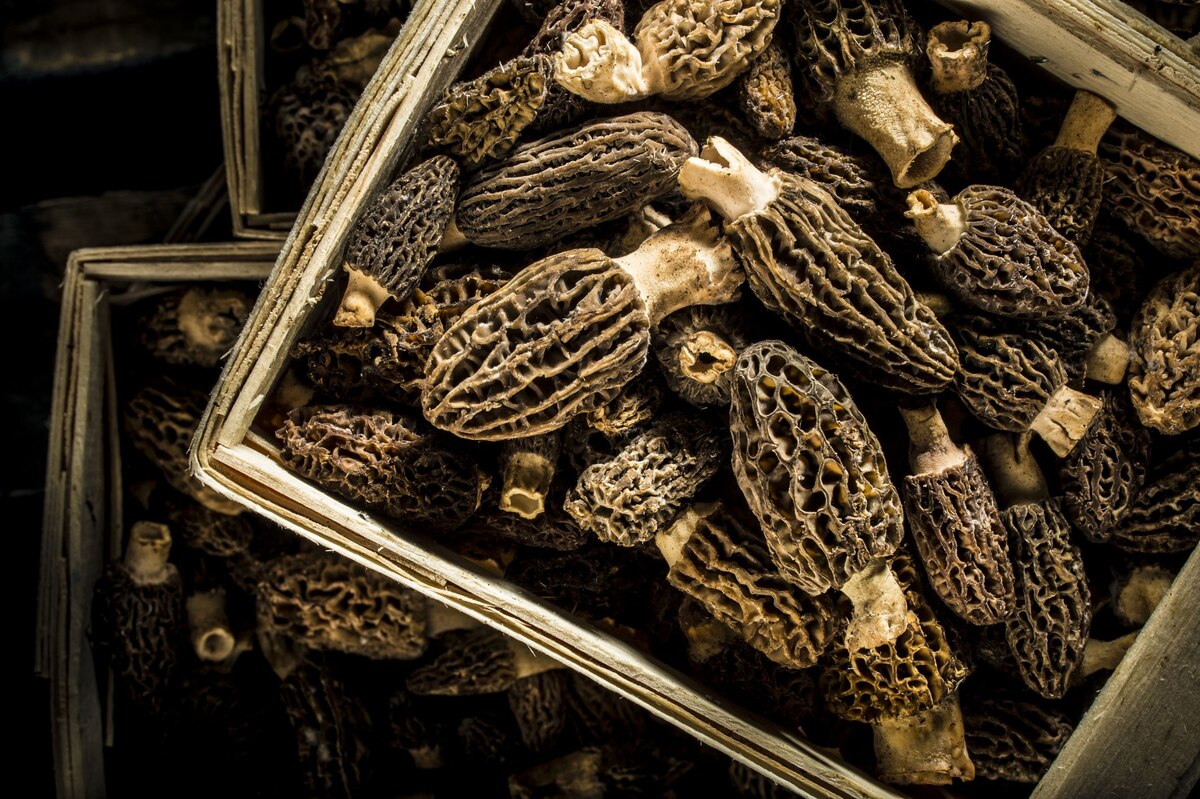
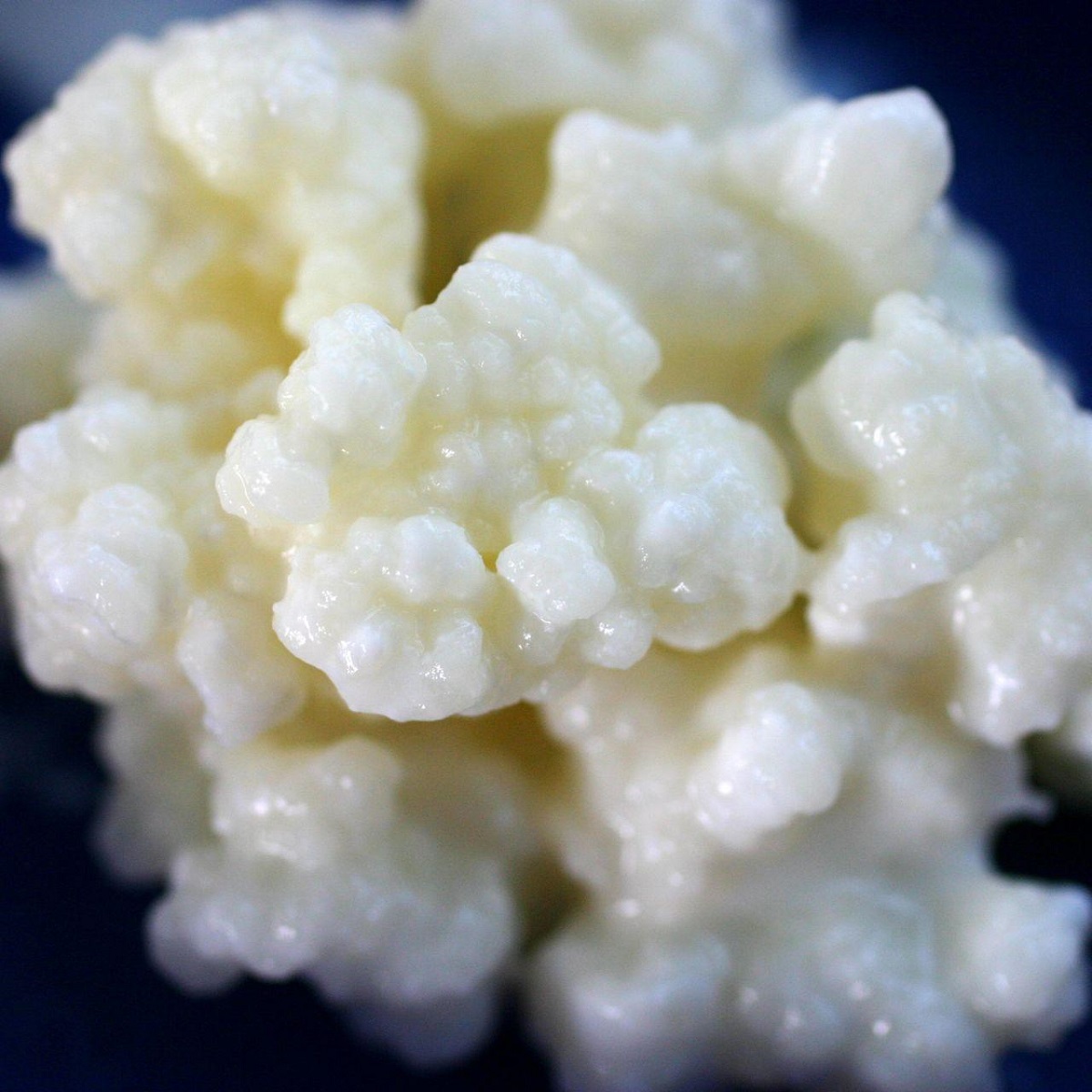
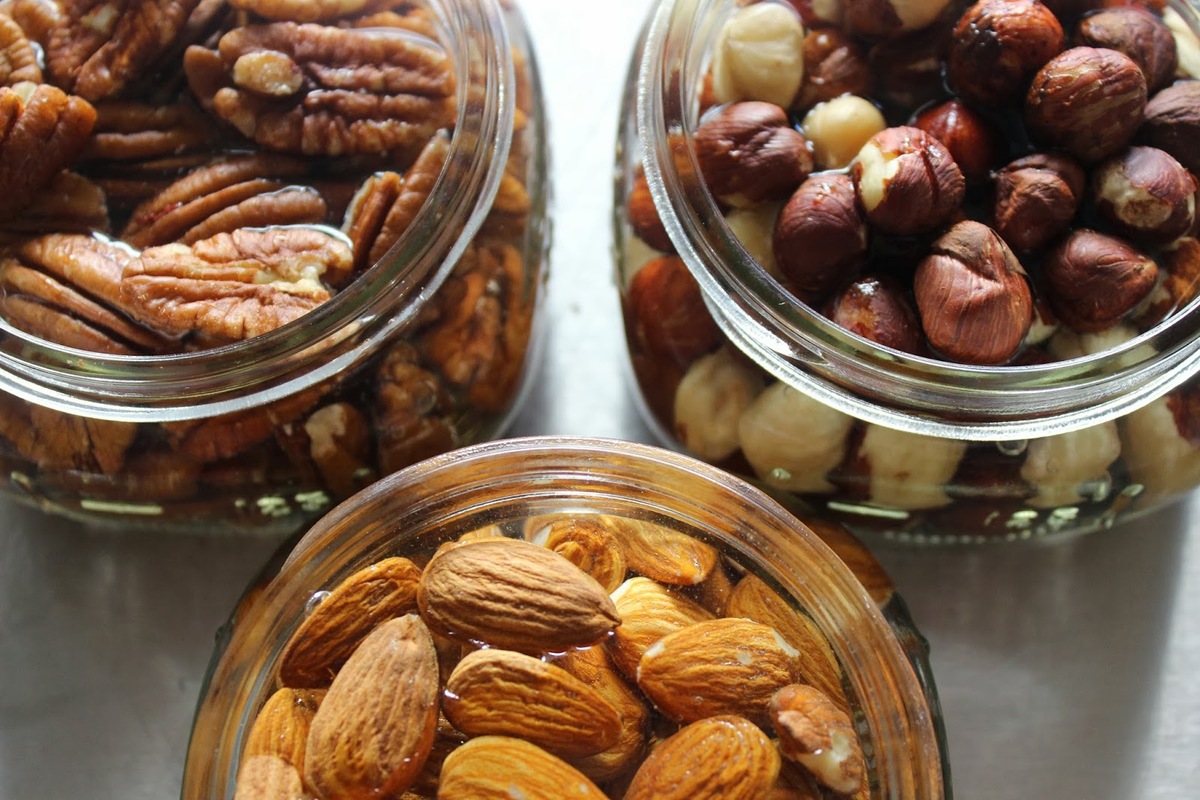
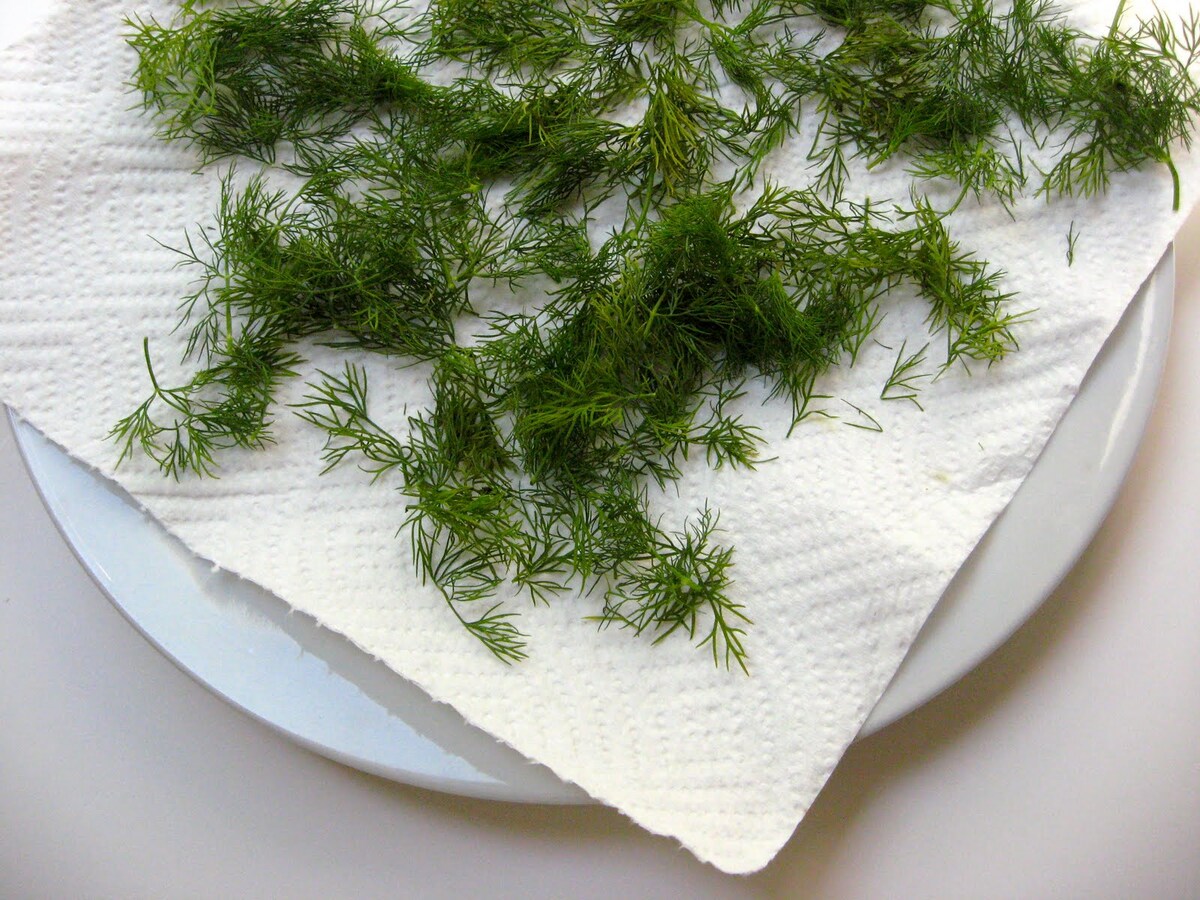

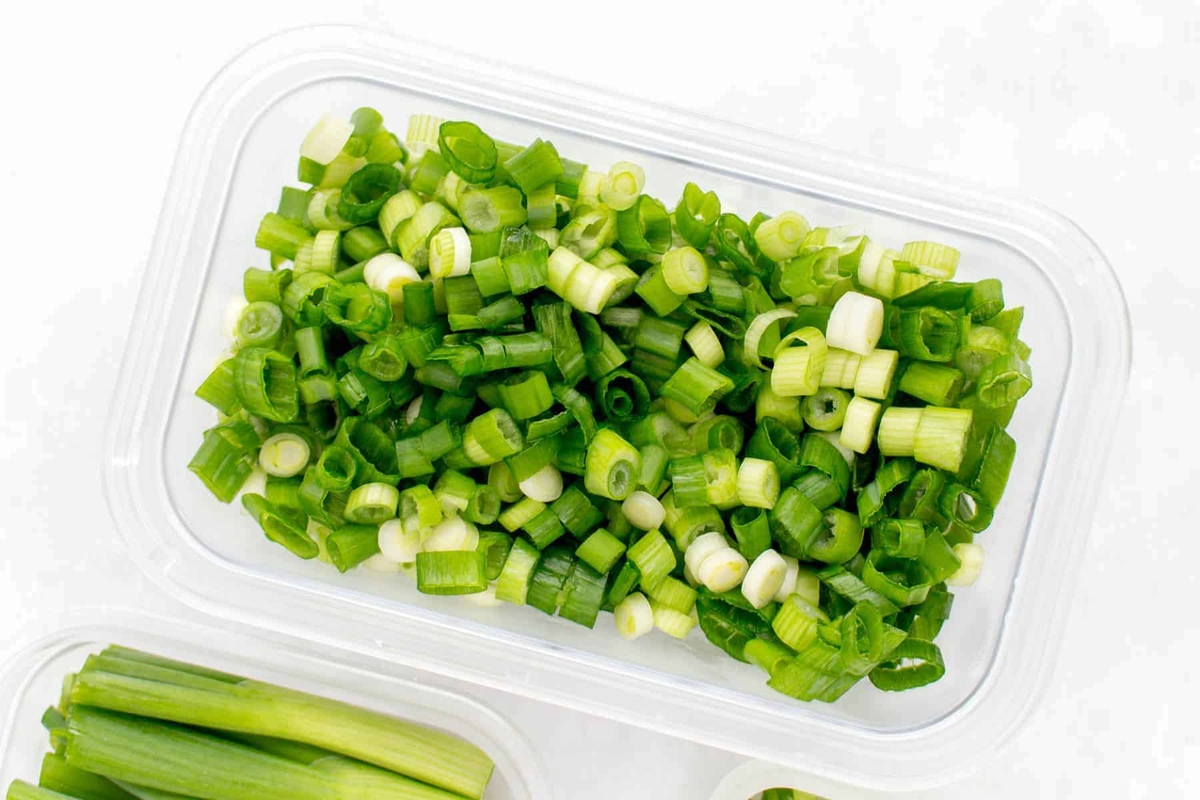
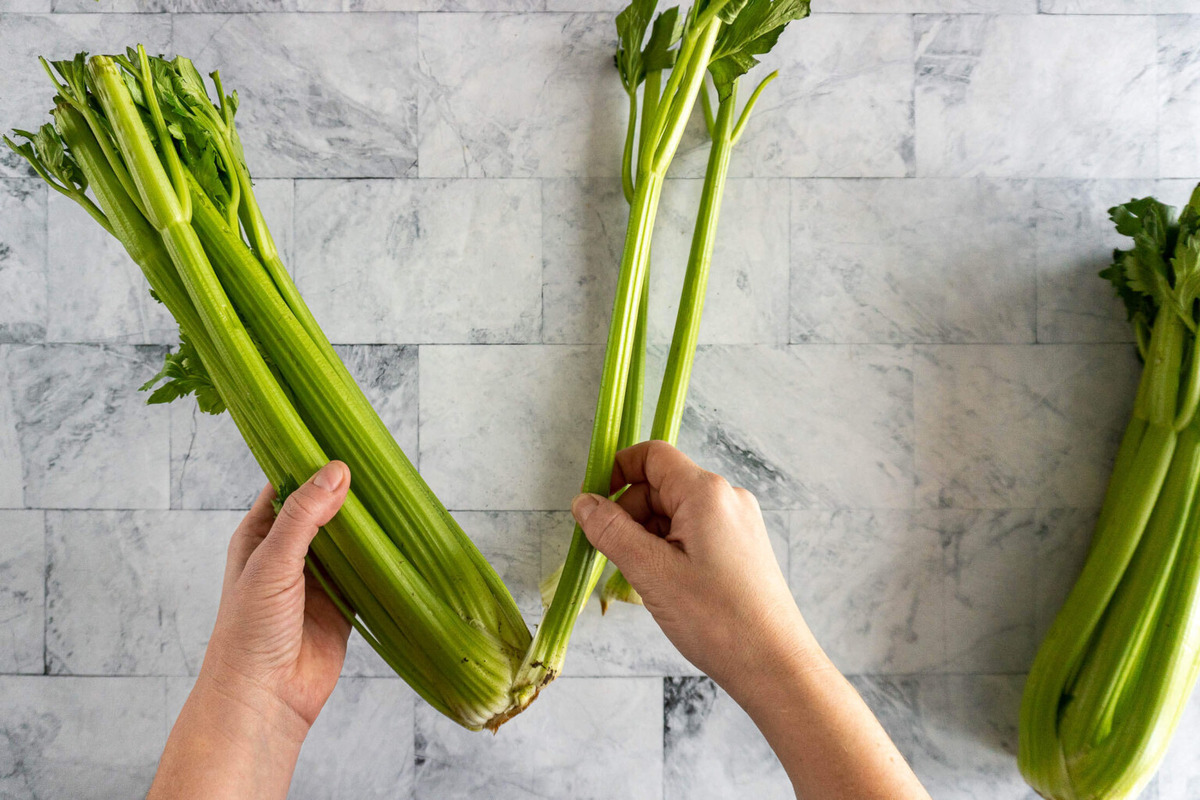

0 thoughts on “How To Dehydrate Milk Without A Dehydrator”